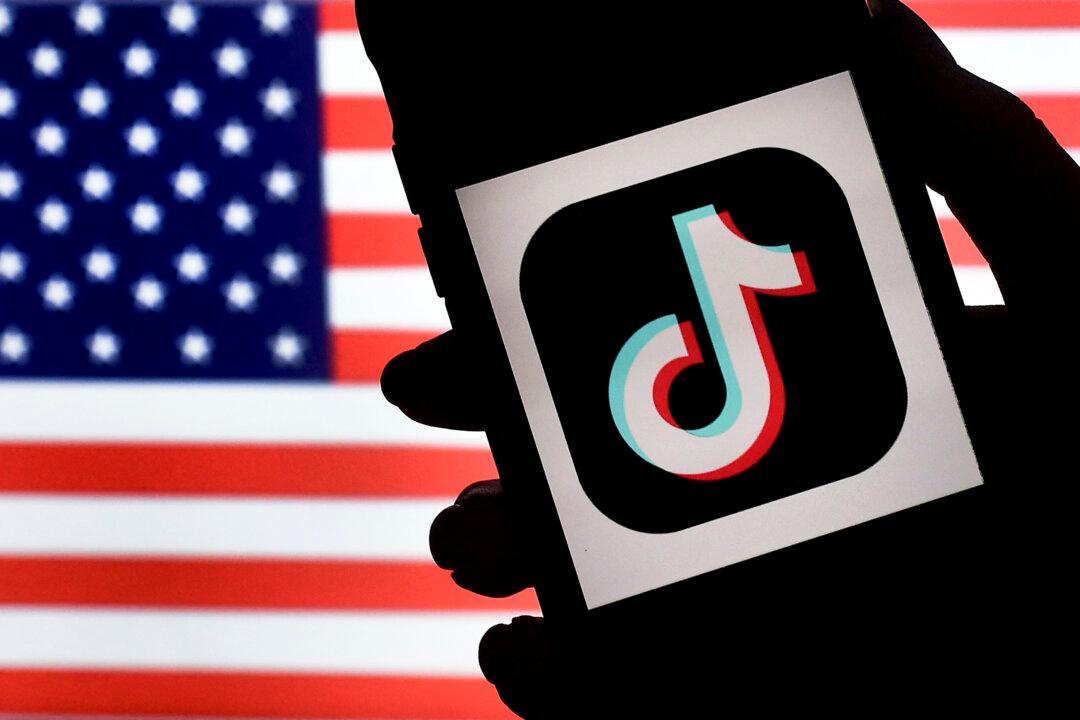Americans cut back on their retail spending in October, the first decline since March, and wholesale inflation dropped the most it has in more than three years, signaling that the economy is heading to a cooling stage.
Retail sales declined by 0.1 percent last month, reversing a substantial rise of 0.9 percent in September, according to a report from the Census Bureau released on Nov. 15. Economists had expected a 0.3 percent decline for the month. September’s figure was upwardly revised to a 0.9 percent increase from the initially reported 0.7 percent rise.




